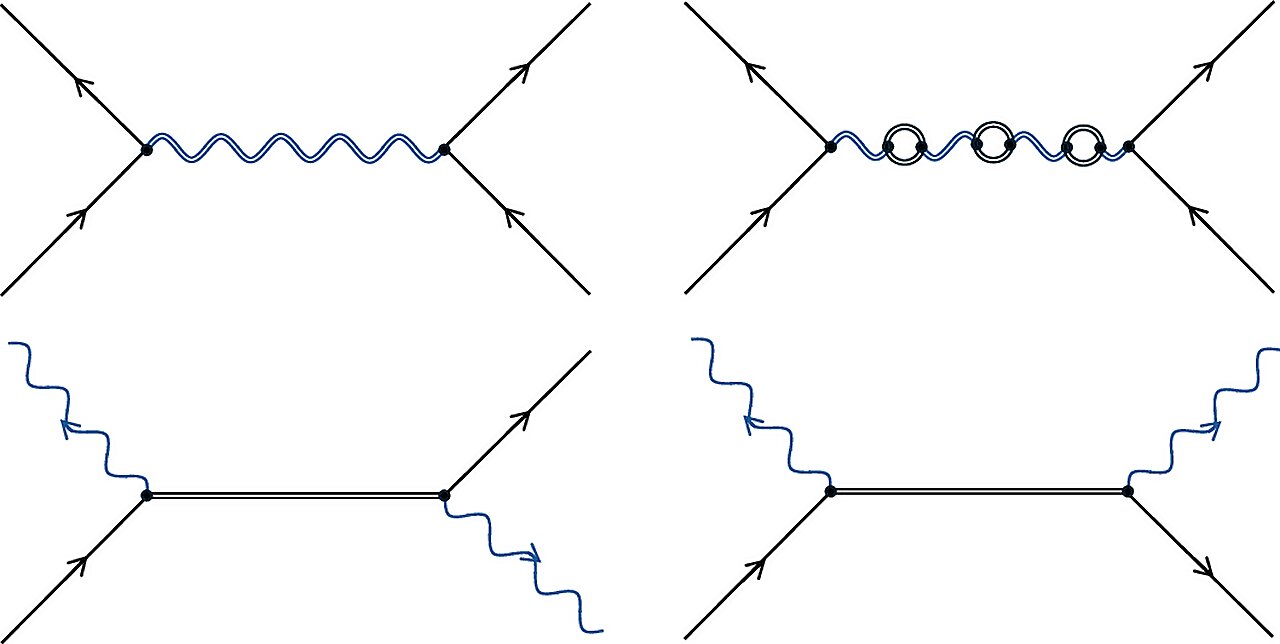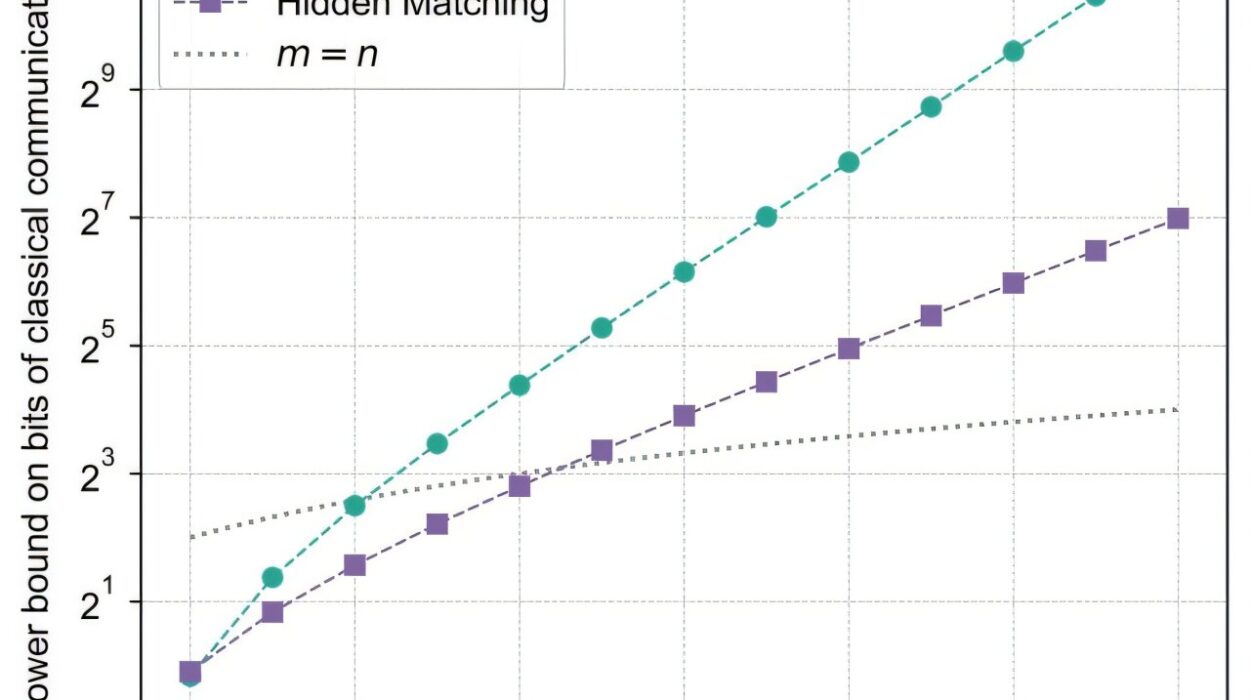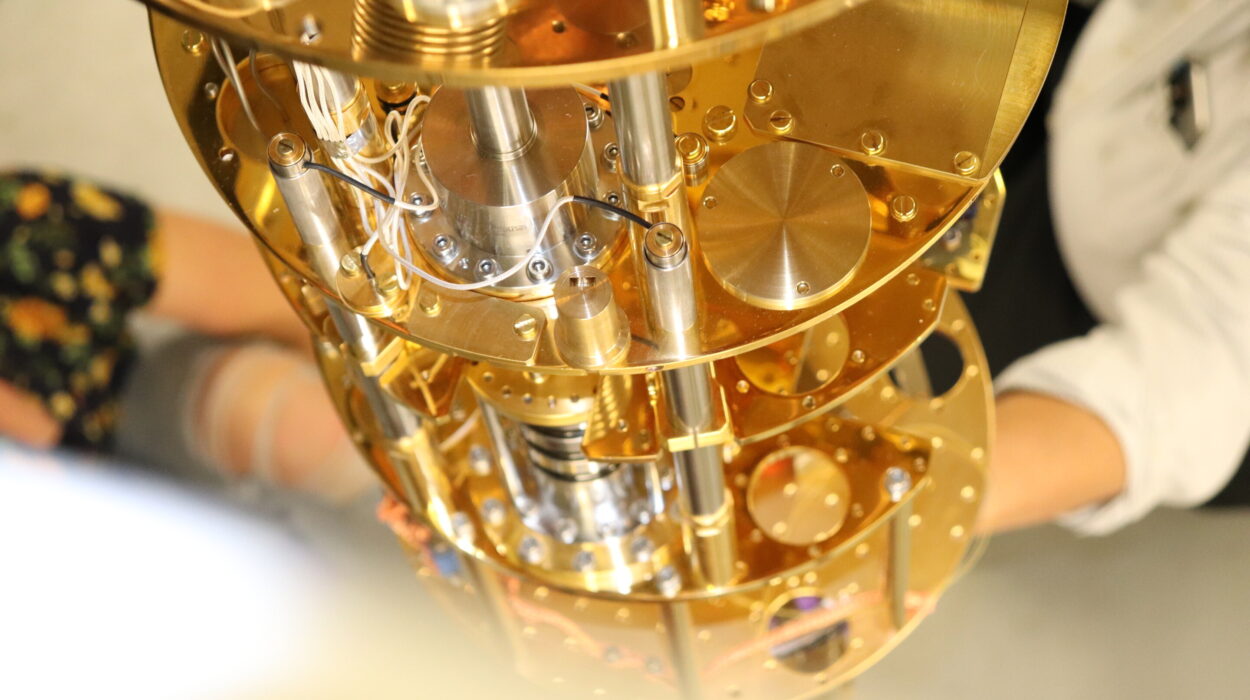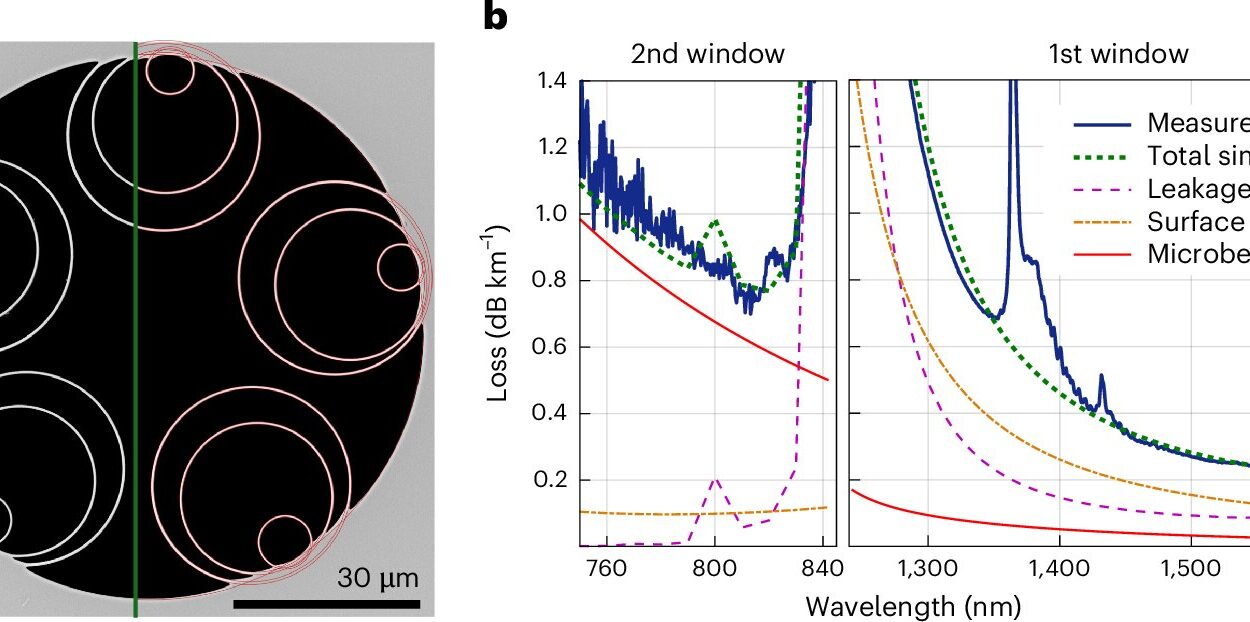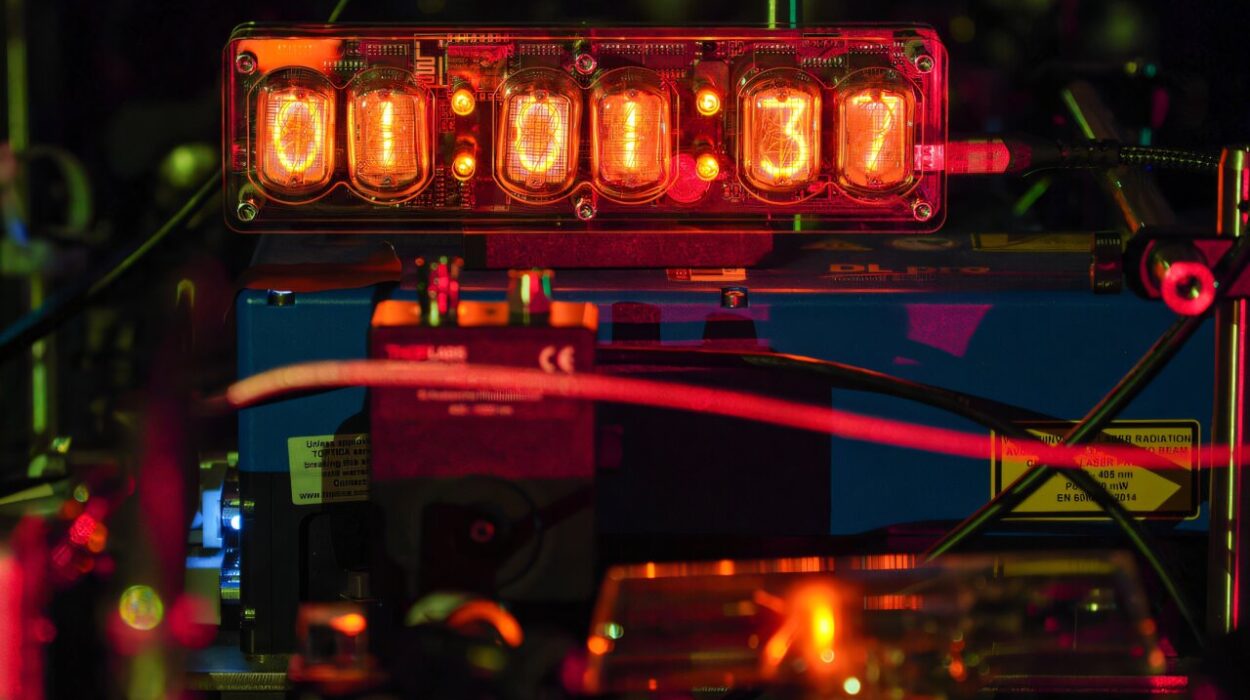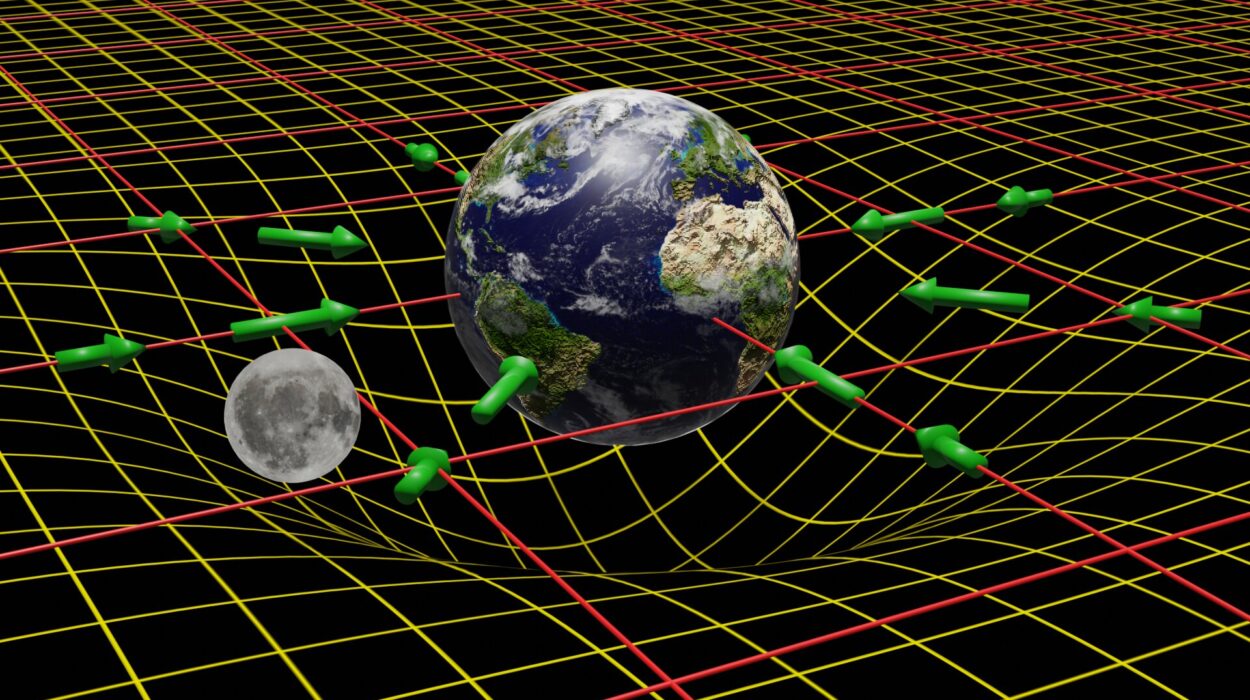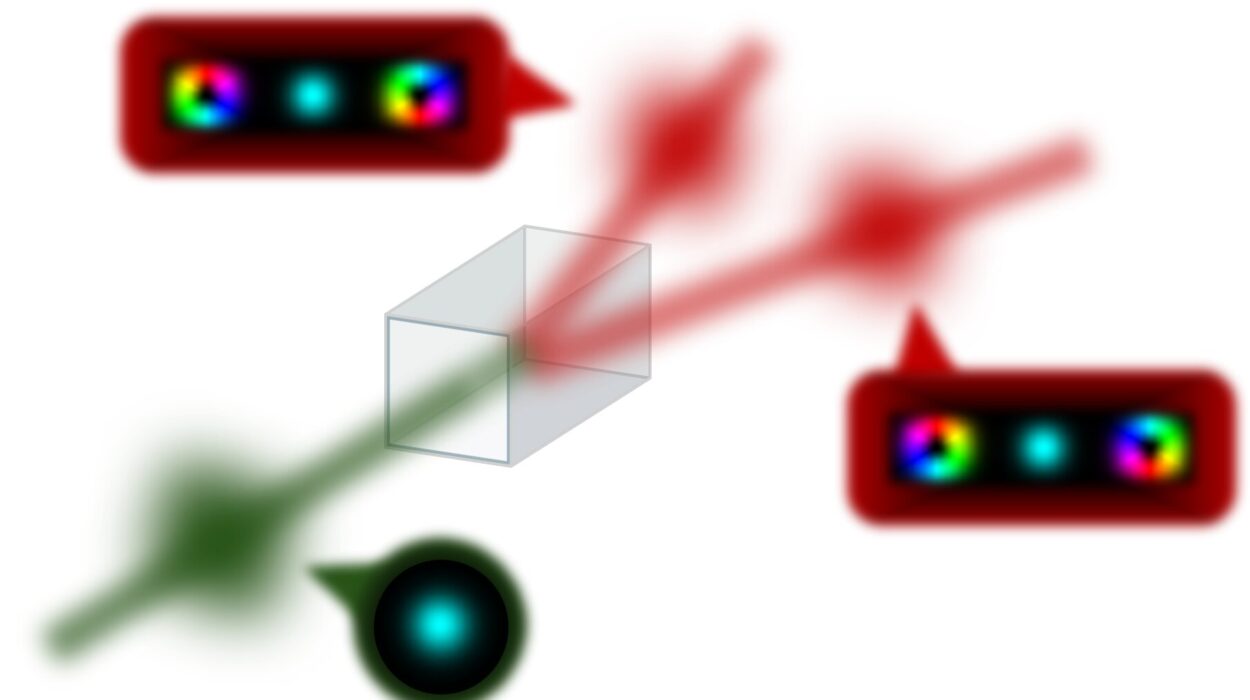For more than a century, physics has been haunted by a stubborn fracture at its foundation. On one side stands general relativity — Einstein’s smooth, geometric theory of gravity that bends the fabric of spacetime and predicts the motion of planets, stars, and galaxies. On the other stands quantum theory — the probabilistic, granular framework that governs atoms, particles, and the flickering vacuum. Each theory is exquisitely successful in its own domain. Each has passed every test humans have devised. But they refuse to agree with each other when pushed to the same stage. Unifying them — showing that gravity, like every other force, obeys quantum laws — is not a matter of academic neatness. It is the missing piece in our attempt to understand reality all the way down.
Recent decades have seen enormous progress in unifying the other three forces of nature — electromagnetism, the weak nuclear force, and the strong nuclear force — under a quantum description. Gravity is the lone holdout. Some physicists believe it is only a matter of time; others suspect gravity might operate outside the quantum rulebook entirely. The stakes are high: the nature of black holes, the fate of the cosmos, and the origin of the universe itself hinge on what gravity really is.
Feynman’s Dare to the Future
In 1957, Richard Feynman proposed what seemed like a thought experiment bordering on science fiction: if gravity is quantum, then two tiny masses placed in a superposition should become entangled through their gravitational pull. Entanglement is the most distinctive fingerprint of quantum mechanics — two systems sharing a joint state that cannot be described independently. If gravity can entangle, then gravity must carry quantum information.
For decades, Feynman’s proposal remained purely theoretical. The experiment required exquisite control over tiny masses separated at delicate distances — conditions unthinkable in the mid-20th century. But technology has caught up. Quantum sensors, optical traps, vacuum control, and vibration isolation have reached a level where physicists are finally preparing to perform versions of the experiment. The community held onto a clear expectation: entanglement equals quantum gravity. A positive result would be the first direct evidence that gravity is not a merely classical field but a quantum one.
A new study in Nature has shaken that confidence.
When Entanglement Doesn’t Mean What We Thought
The researchers behind the new work examined a deeper question: is entanglement always proof of quantum gravity, or is there a loophole no one accounted for? The accepted argument had always been that classical gravity — meaning gravity treated without quantization — could not produce entanglement. Classical gravity was assumed to operate only through local operations and classical information (LOCC), and LOCC frameworks cannot generate entanglement. Therefore, if entanglement appears, gravity must be quantum.
The new analysis challenges that premise by taking quantum field theory seriously. Instead of combining classical gravity with standard quantum mechanics, the authors combined classical gravity with quantum field theory for matter — the more correct description of particles in modern physics. When they recalculated the setup under this hybrid model, they found that even classical gravity can generate entanglement through virtual matter propagators, without invoking virtual gravitons at all. In other words, the phenomenon once thought to be an unbreakable signature of quantum gravity might also emerge from a purely classical gravitational field coupled to quantum matter.
If true, the logic collapses: observing entanglement would no longer be a clean proof that gravity is quantum.
A Complication, Not a Collapse
This result does not render Feynman’s proposal useless. It does something subtler — it removes its uniqueness. Entanglement might still appear in the planned experiments, but its origin would be ambiguous. To interpret the outcome, physicists will have to look not just for whether entanglement occurs, but at how strong it is, how fast it accumulates, and how it scales with mass and timing. The study suggests that classical and quantum gravity would produce entanglement at measurably different strengths. That difference, not the mere presence of entanglement, could still reveal the nature of gravity.
That means the experiments go on — only the scoring rubric has changed. The race is no longer “detect entanglement or fail,” but “detect the pattern of entanglement and decode what produced it.”
A Reminder from the Edge of Knowledge
For some physicists, this new analysis threatens years of assumptions. For others, it is a healthy correction. Physics advances not by preserving elegant narratives, but by tightening the rules of inference. A phenomenon is not evidence unless all alternative explanations have been ruled out — and this new work provides a new alternative. The universe is not obligated to reveal itself easily.
The story of unifying gravity and quantum theory is not a story of failure; it is a story of progress under constraint. Each step clarifies what must be asked next. Feynman’s challenge is not invalidated — it is sharpened. The fact that the experiment can now be built when it was impossible in 1957 is itself a sign that knowledge is converging.
The unification of physics is not merely a technical problem; it is a philosophical one about what reality is made of. Does spacetime itself come in discrete quanta, or is quantization only a property of matter? Is gravity an emergent phenomenon, a statistical residue of something deeper, or a fundamental quantum interaction like all the rest? The answer, when it comes, will not just finish a chapter of physics — it will rewrite our understanding of existence.
More information: Joseph Aziz et al, Classical theories of gravity produce entanglement, Nature (2025). DOI: 10.1038/s41586-025-09595-7
